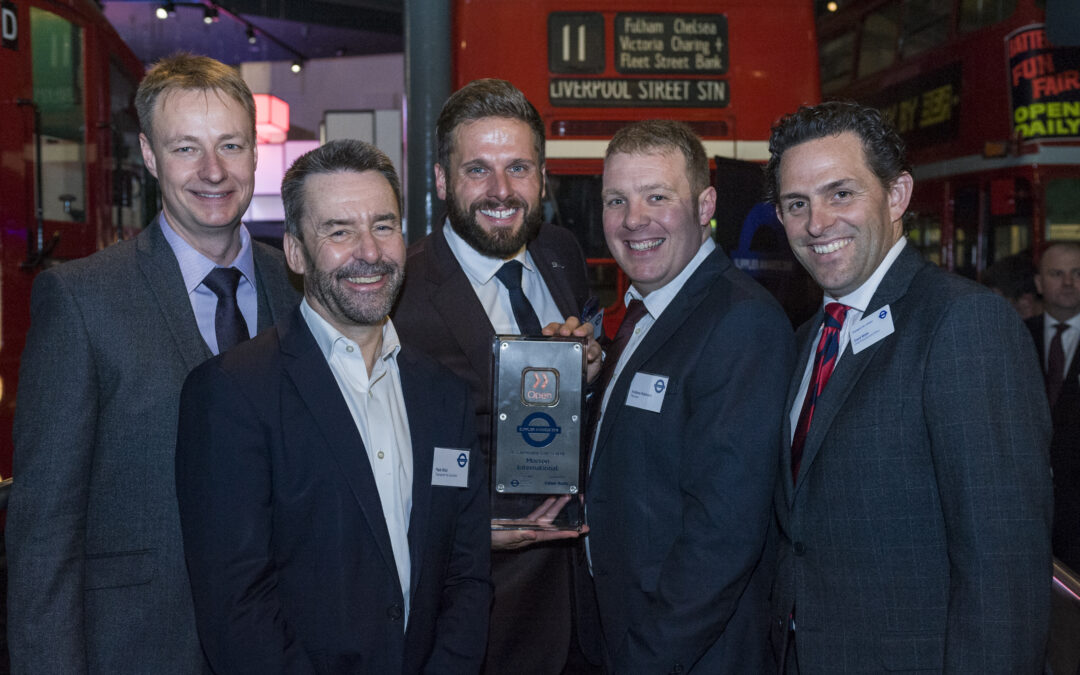A Personal Track Safety (PTS) course covers the skills and knowledge required for people to stay safe on or near the track. Employers will require you to have passed this course prior to offering you a role, as this is the entry-level competence required to work on the railway. The PTS course consists of two sections, an e-learning course which is then followed by a practical training day.
Prior to taking a Personal Track Safety course, you will need to find a sponsor, which is a rail company that will put you forward and pay for your Personal Track Safety training. You will also be required to do a medical, as well as a drugs and alcohol test before you do any form of training. This test will recognise any drugs & medication taken within the last 6 weeks, and failing a drugs and alcohol test will result in an automatic 5-year ban from all Network Rail work.
There are six online training modules that you will need to complete, before completing and passing the online knowledge assessment.
You will be unable to book on to the Personal Track Safety classroom course until you have passed the online assessment. The online training course is designed to make the learning more accessible to you and gives you multiple options on how to complete each module. You can choose from a bite-sized eLearning module, a PDF document, or an audio file. There is also an ‘Additional Resources’ section with podcasts, posters, videos, and more available for you at any time.
On the day of your Personal Track Safety course you will then be given a verification test to confirm your knowledge of the e-learning modules. The purpose of the practical course is for candidates who are intending to work on or near the line, will understand their roles and responsibilities on the line, and will have developed further understanding of railway safety. The course usually covers the following topics:
Introduction to the railway system
This includes an overview of the different components of the railway, such as tracks, trains, signals, and crossings.
Hazards and risks
Participants will learn about the various hazards and risks associated with working on or near railway tracks, such as the risk of being struck by a train or electrocution.
Safety procedures
The course will cover the safety procedures that must be followed when working on or near railway tracks, including the use of personal protective equipment (PPE) and communication protocols.
Access and egress
Participants will learn how to safely access and egress railway tracks, including the use of access points and safe crossing procedures.
Working on or near the track
The course will cover the procedures that must be followed when working on or near the railway track, such as how to work around live rails and how to safely move equipment.
Emergency procedures
Participants will learn what to do in the event of an emergency, such as a train derailment or an electrical hazard
You will then be given another theory test at the end of the PTS course to confirm your knowledge of everything you have learned that day. Shortly after taking the final theory test you will find out whether you’ve passed or failed. This competency is valid for two years. After two years have passed since completing a PTS course, you will need to complete a one-day PTS Recertification course 56 days after your initial PTS course has expired.


